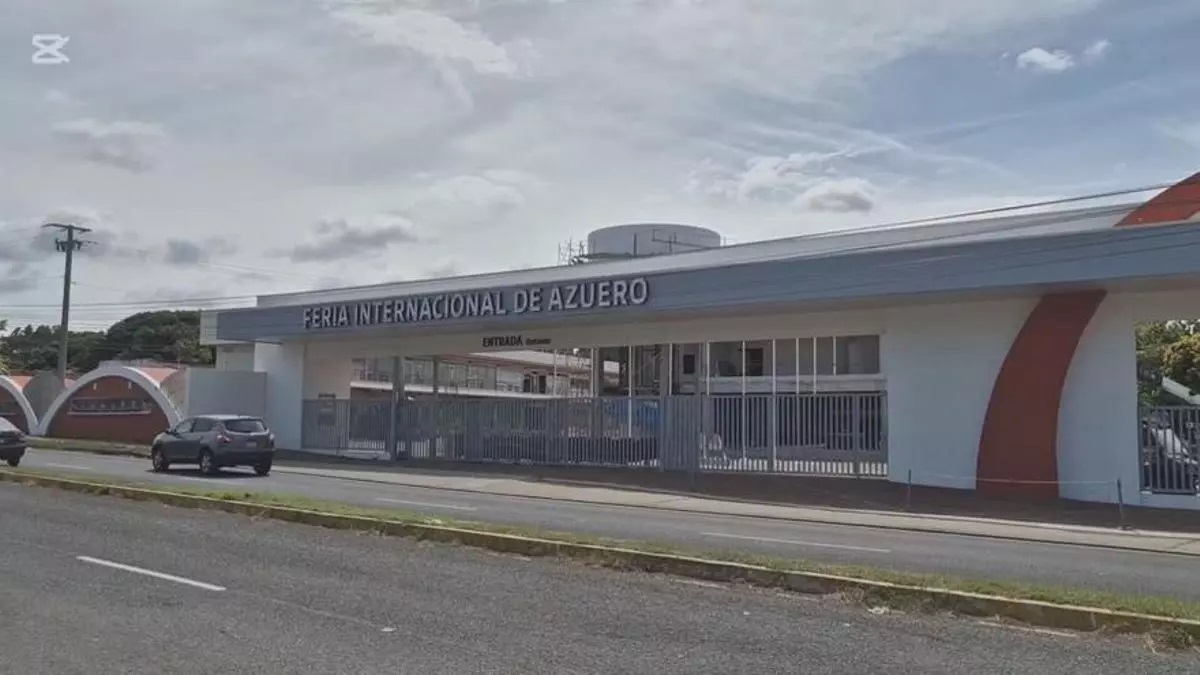A miracle tree arrives in Panama

A TREE believed to be the most nutrient-dense, enzymatically active plant known to man, and named the “tree of life” is now being grown in Panama.

A reader, attracted by a recent Newsroom article on the world's addiction to man made junk foods has contributed the following information on a natural product.
The SuperFood Moringa oleifera has 90 nutrients (36 anti-inflammatories and 46 anti-oxidants) is a tree that is little known to Panamanians, but for decades it is has been helping solve widespread starvation and malnutrition so prevalent in poorer countries throughout the world.
Until recently no one was cultivating Moringa in Panama. Last year, several of our local residents started growing it on their farms, advocating its impressive qualities for use in nutrition, health, energy enhancement, weight-loss, and anti-aging. It also can be used as feed for animals and plant fertilizer.
Besides the leaves, the Moringa tree has many everyday uses. India's ayurvedic medicine uses every part of the Moringa tree and considers it one of the most valuable and useful plants known to man.
B. Esteban Roberson of La Finca Oro Negro and Starr McCamant of Finca La Maya were both so impressed with the tree, that they have it on their properties so that they can supply local communities.
Roberson created “The Pacific Moringa Tea Company” and produces a delicious tea from the leaves. Powder from the plant can be used as a powerful anti-oxidant and health supplement. The delicious leaves are an excellent addition to salads, raw and vegetarian diets, soups and health drinks. Bruce sells his moringa products at local farmers’ markets and for a limited time in June, seedlings of the moringa tree can be obtained from Finca La Maya.
In the 1980s Moringa was brought from India to Panama by the Faculty of Agronomy of the UNACHI, and although the project did not prosper, some technicians try to promote its cultivation. Scientists and agriculture specialists from Germany and Switzerland report numerous successes from research they’ve done in growing the Moringa in Nicaragua since the early 1990s. Fidel Castro, the ex-ruler of Cuba said that he owed his long life to this tree.
Stephen Ellis, an aquaculture technician in Coclé tells us that if the countries of the world, including Panama, take into account the nutritional benefits and healing properties of this plant, many of the health problems and poor nutrition suffered today would be greatly reduced. Ellis regularly grows Moringa seedlings and has shared them with his friends, many of whom looking for its healing power. The tree is also used in Coclé as cattle and goat feed. This tree, he says, could increase cultivation and test the nutritional properties of the Moringa as a forage crop to improve the production of milk and meat.
Moringa’s nutritional value compared with other foods is said to contain
4 times more vitamin A than carrots
3 times more potassium than bananas
4 times more calcium than milk
3 times more iron than spinach
7 times more vitamin C than oranges
4 times more protein than yogurt
Moringa leaves, flowers, fruits, stems can all be consumed and the tree can grow in arid soils. The “miracle tree” can grow more than one foot in a single month, reaching up to 4 meters high.
Moringa, taken on a regular basis is said to have multiple benefits from
detoxifing the body and strengthening the immune system to fighting cholesterol and improving blood circulation.
It is also used for animal forage, as a domestic cleaning agent, fertilizer and multiple commercial and home uses. That’s why it’s called the miracle tree.
Source:? The Miracle Tree – Moringa Oleifera: Natural Nutrition for the Tropics, by Lowell J. Fuglie For further information about the Moringa, visit: www.treesforlife.org






